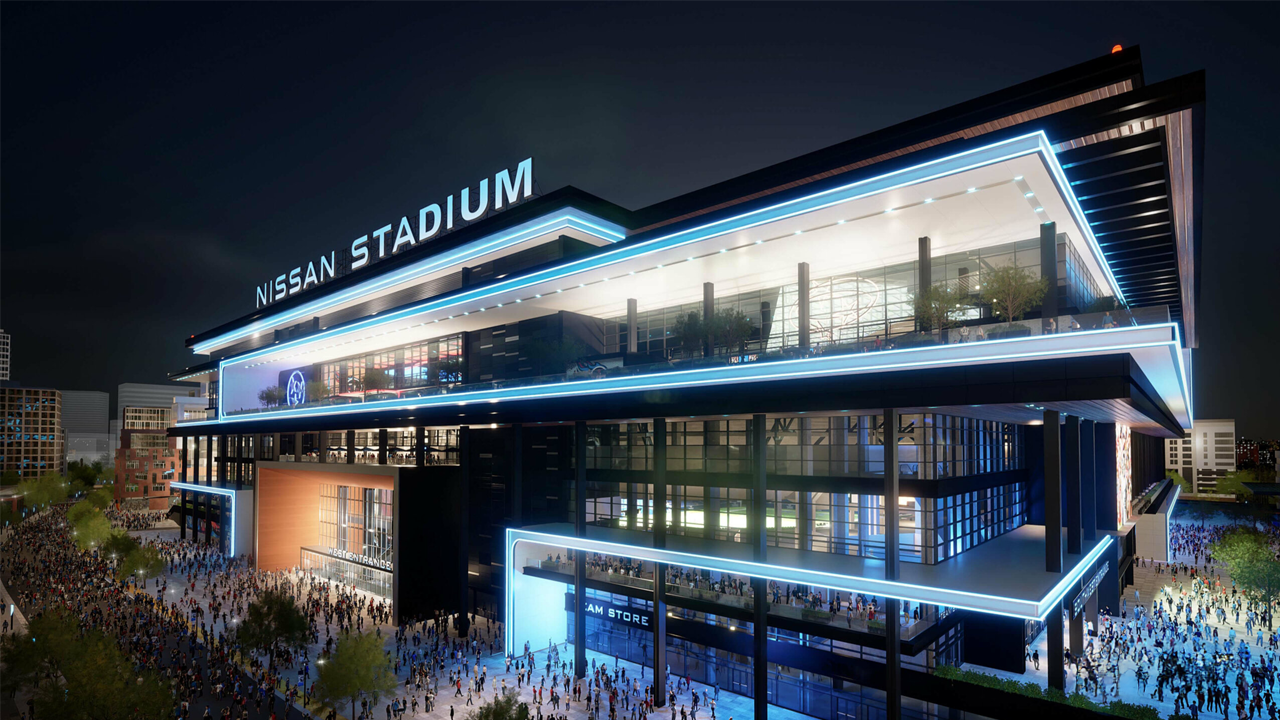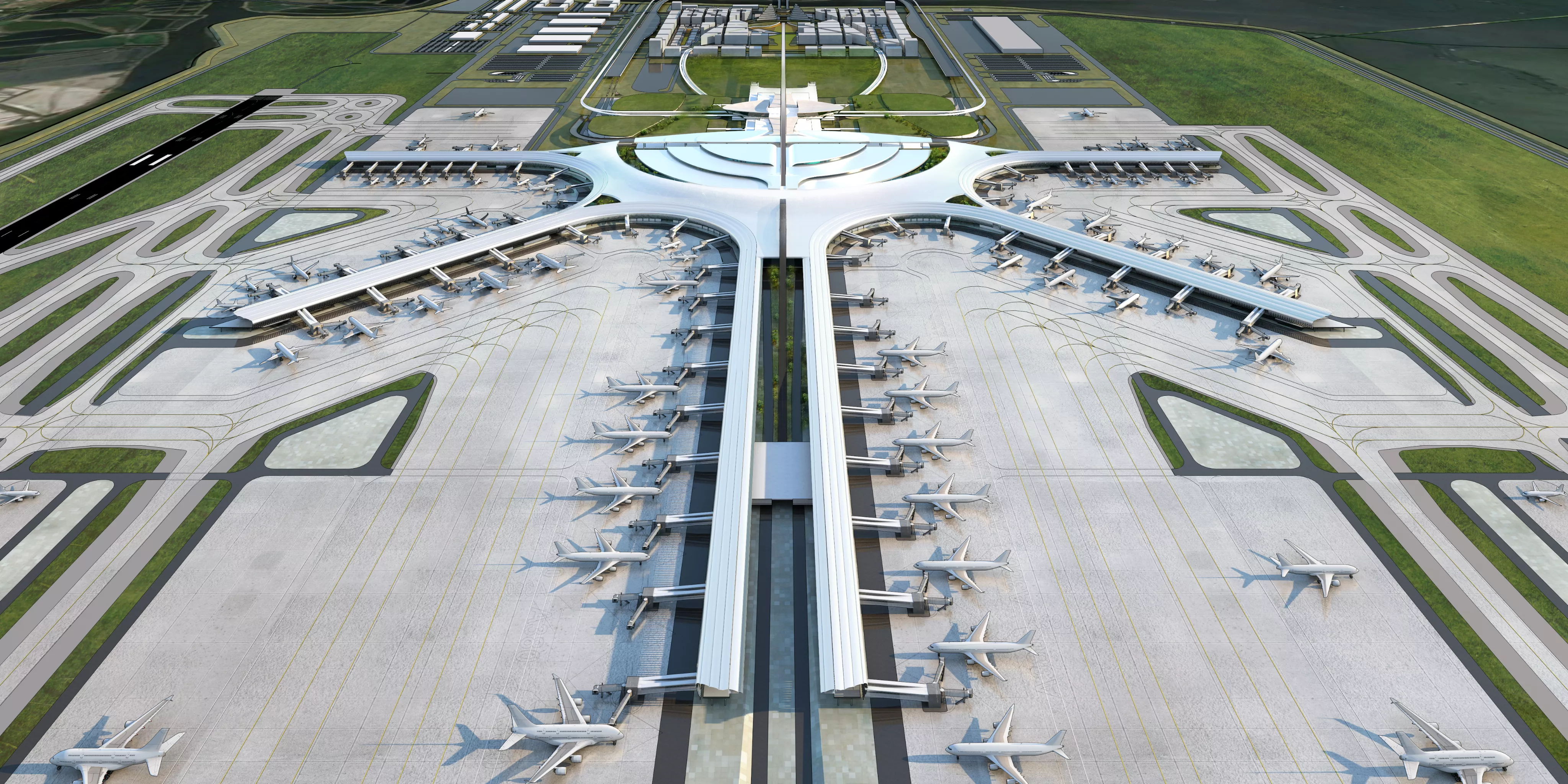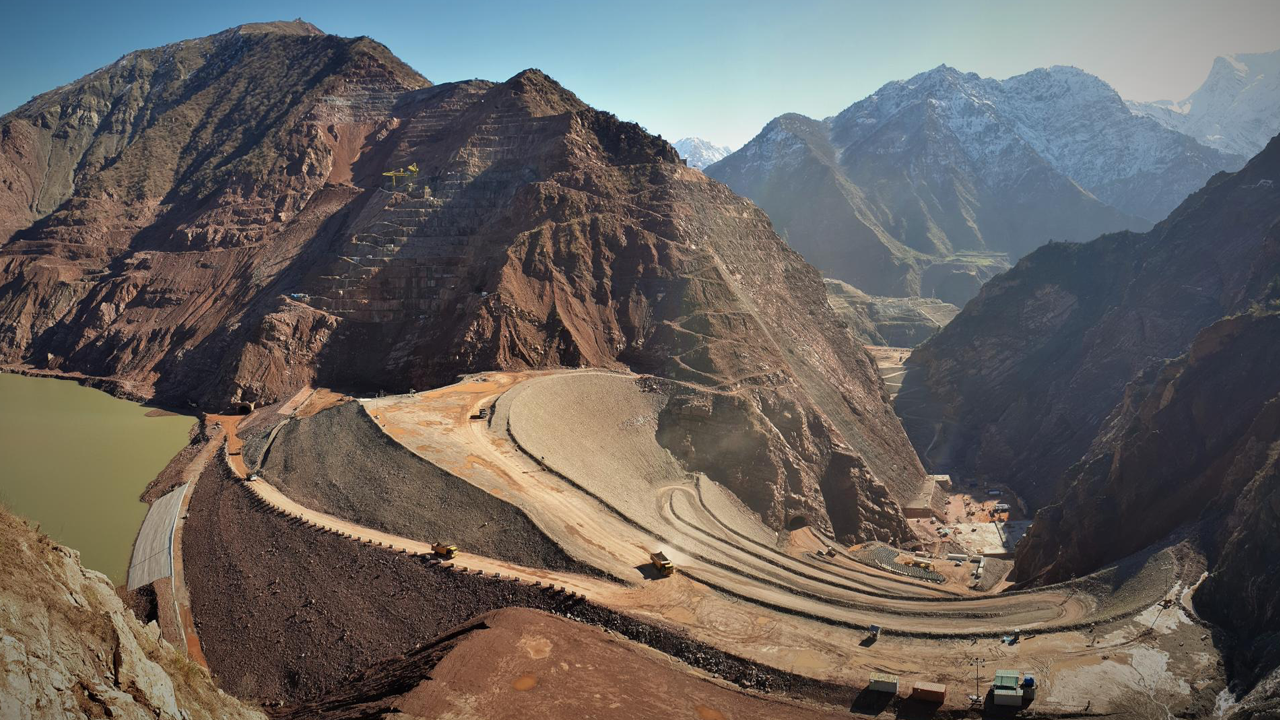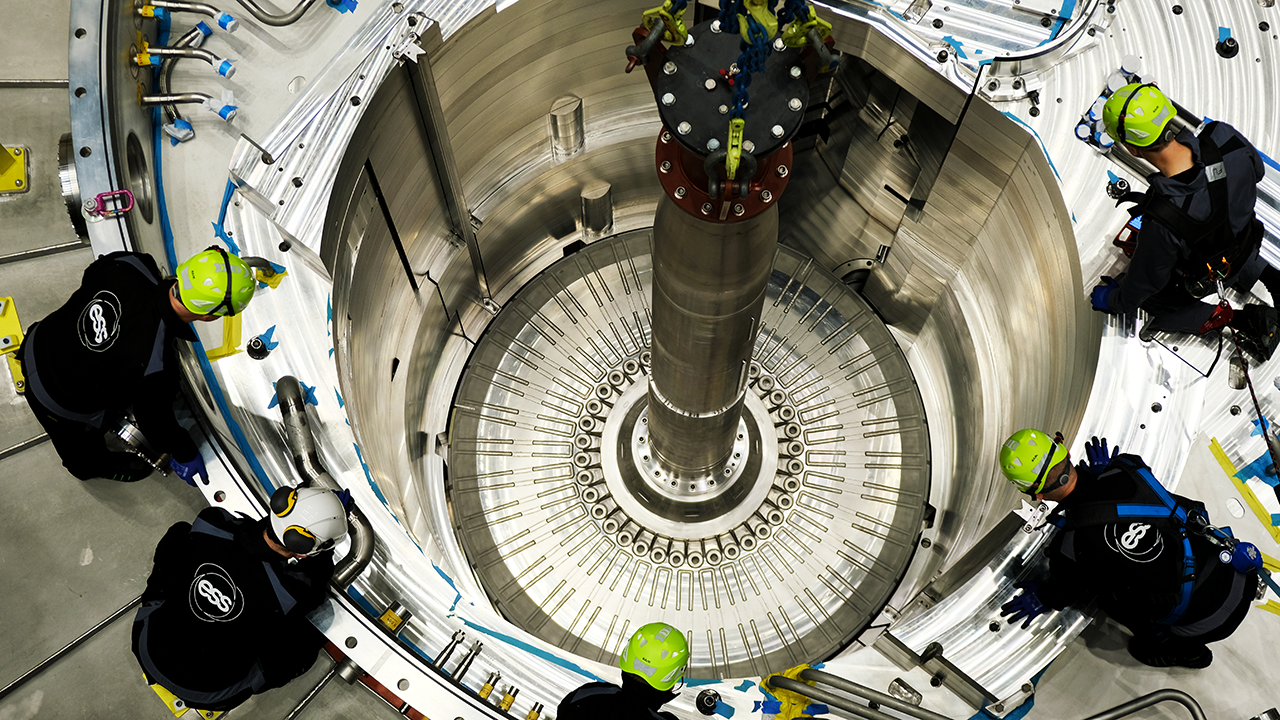Why New Yorkers Hate Their New Skyscraper
- Youtube Views 1,194,049 VIDEO VIEWS
Video narrated and hosted by Fred Mills.
WHEN developing a skyscraper in the Big Apple, you need to follow three key rules to win over New Yorkers.
Firstly, it has to fit in and importantly, add value - in other words, don’t mess up the skyline. Secondly, all style and no substance is a recipe for backlash. New York’s facing a housing crisis and luxury homes catering exclusively to the mega-rich go down like a lead balloon.
Finally, whatever you do, do not do what the team behind New York’s latest skyscraper is doing.
Is New York losing its soul?
Can anyone legitimately argue that New York’s skyline isn’t the most iconic in the world? The Big Apple has the most recognisable cluster of buildings on the planet. From Billionaires’ Row, to the rectangular Central Park and the tip of Lower Manhattan, this city is one of a kind.
In years gone by you could appear from virtually any avenue, subway or bus and use the Empire State, Chrysler and Woolworth buildings like constellations to guide yourself around Manhattan. But those days are fast becoming a distant memory.
That doesn’t mean New York’s losing its identity but it might mean it’s losing its soul and 262 Fifth Avenue might be the perfect example of how.

Above: 262 Fifth Avenue is currently going up in New York. Courtesy of DBOX.
On the face of it, the city’s biggest gripe with this tower is to do with one of the world's most famous skyscrapers: the Empire State Building.
It is to New York what Big Ben is to London, the Eiffel Tower is to Paris and the Leaning Tower of Pisa is to, well, Pisa.
But what on earth has 262 Fifth Avenue, a 262 metre tall pencil thin tower, got to do with New York’s art deco darling? Well, even though it’s nowhere near being a supertall, it does a fantastic job of getting in the way.
Lower Fifth and Madison Square Park used to offer some of the most defining angles of this great tower but now, with this new structure in the way, you wouldn’t even know the Empire State Building was there.
Inevitably, the construction of ever more buildings means New York will continue to see its most iconic old skyscrapers become a bit lost in the concrete jungle.

Above: 262 Fifth Avenue has come in for criticism because of its impact on views of the Empire State Building. Courtesy of the Dronalist.
Cities like London and Paris have passed regulations to protect the sight lines or views of their key landmarks but New York hasn’t done that and as City Editor for New York Magazine, Christopher Bonanos explains, the chances are, it never will: "The attitude of many people here is that you buy a piece of land in New York, you should be able to do with it what you want and even restricting that slightly to landmark things or preserve districts - there’s a huge fight every time. The idea of protecting a sight line is pretty alien from our civic culture so to speak and absent a huge sea change in the attitude towards development, I don’t really see it happening."
Getting in the way is one thing but failing to inspire New Yorkers with its design is asking for trouble.
"People would be more willing to grudgingly accept an interloper into their neighbourhoods, into their views, into their economics if it were an exciting building and from what I’ve seen so far, 262 is not particularly exciting. It doesn’t have a lot of character and I think people get frustrated by something that is not giving enough back, whether giving back is housing or aesthetics."
More than a site-line issue
262 Fifth Avenue was designed by the Russian architecture firm, Meganom, which is taking on its first commission in the US and while the pencil thin aesthetic isn’t getting much love, the frustrations go quite a bit deeper than just the view.
Just because a building in New York is tall, there are no guarantees it'll host a high number of homes. There’s a huge amount of money in the city and the super-rich are looking for somewhere to invest their wealth.
If a developer can offer high value apartments, they stand to make a lot of money and so a precedent has been set for enormous, whole-floor residences worth a fortune.
262, although still impressively tall, will have just 26 properties across its height, each averaging 3,200 square feet of floor space. For context, the average apartment in Manhattan is just 740 square feet and that's one of the reasons buildings like this catch such flak from everyday New Yorkers.
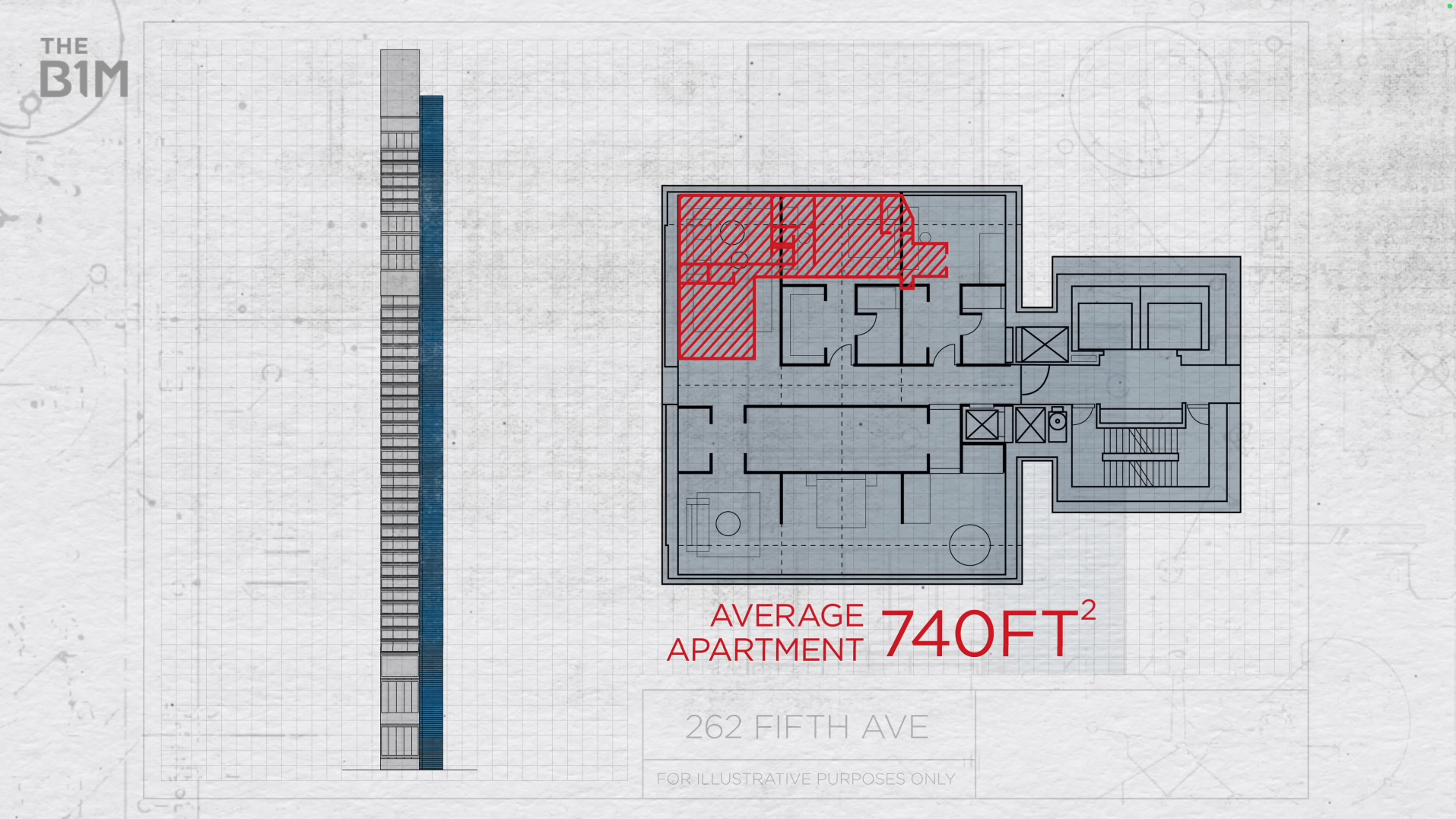
Above: The average apartment in Manhattan is four times smaller than apartments in 262 Fifth Avenue.
Architectural styles and obstructed views are one thing but the deep rooted wealth gap is quite another and for many, developments like this personify the problem.
They stand as a response to the demands of the investment market, not the housing crisis. Their architecture is about maximising a financial return, not creating shelter.
It’s something the architect and author, Matthew Soules talks about in his book Icebergs, Zombies and the Ultra Thin. Soules highlights the pressure architects find themselves under to satisfy the investment absorption role.
The result is what he describes as a ‘mutation’ of our built environment: whole floor apartments with no neighbours to create problems, no backyards to maintain, open-plan living that fetches a higher price, structural cores relocated.
In many ways some of today’s developers aren’t really building homes, they’re building financial assets - safety deposit boxes for the uber wealthy.
Take a closer look at the architecture of 262 Fifth Avenue and it appears to be a recipe for much of the same.
Building 262 Fifth Avenue
It rises to a considerable height but from a very small site, as its developers work to optimise their return. The result is a building with a width-to-height ratio of 1:19 meaning it's 19 times taller than it is wide.
For context, the incredibly tall Empire State Building has a width to height ratio of 1:3 and 432 Park Avenue, famed for its crazily slender design, has a width to height ratio of 1:15.
A key challenge with all skyscrapers is the impact of lateral wind loads - something that gets even more pronounced with a slender building. If those wind loads are too great, they can cause a building to sway.
When looking at 262 Fifth Avenue, you can see a gap about two thirds the way up. That’s designed as a wind break to allow air to flow through. It limits something called ‘vortex shedding’ where different speed air currents can form behind a structure, pulling it back and forth.
One of the facades is also fitted with an aluminium and triple-glazed curtain wall system, a non-structural covering which should help decrease wind interference even further.
Another significant mutation is the aluminium box on the side of the tower. It’s the core of the building, a structural spine that normally runs through the centre of the floorplate and includes services, lifts and stairs.

Above: 262's core is pushed to the side of the building to remove services from potential apartment space.
With 262, it’s pushed to the side, creating open-plan apartments. The result is that the properties sit like shelves, attached to the backbone, or outer core of the tower.
It all comes back to what Soules was talking about: the apparent manipulation of architectural design to satisfy investment demands.
Zombie Urbanism
It’s not completed or opened yet but this tower appears to have the ingredients that could see it fall victim to a phenomenon Soules describes as ‘zombie urbanism’ — where properties are owned but not occupied.
Too many buildings like that starts to become a problem for our cities. They’re still there but their essence, the citizens that made them great in the first place, are not.
On the face of it, to the outside world, New York still looks like New York, its body is still there but its soul is being steadily hollowed out.
"You’re living in Manhattan, of course tall buildings are going to go up and mess up your view - you don’t like that? Move to Kansas. That said, this particular one bothers people because so much of the building will be so empty so much of the time. Very often, the overseas buyers, who buy these very large apartments, use them to stash cash outside of their economies so they buy these apartments and use them one day a year, if that", explains Bonanos.

Above: 262 Fifth Avenue. Image courtesy of DBOX.
That’s a real rub in New York which is facing a pretty severe housing crisis. There aren’t enough affordable properties to go round and ‘affordable’ is a subjective term anyway.
If you earn less than $70,000 a year, the chances are well over 50% of your income will go on rent in NYC and the city is reportedly only building about half as many homes as it needs each year.
The cost of housing is constantly climbing and so billionaire towers, with apartments that may rarely, if ever be lived in, can feel very frustrating to your average New Yorker.
"It’s one thing to put up a building with a thousand apartments in it - if you live in that neighbourhood you may want it, you may not want it but at least you can say it’s doing something about the severe housing shortage that so many New Yorkers are dealing with right now", said Bonanos. "This building serves maybe 50 people and because of its price point, because of the scale of its apartments, many of them will likely be overseas buyers who aren’t even there. So we’re losing a lot to people who aren't New Yorkers and comparatively few of them and that drives people nuts."
The housing crisis is a real concern that doesn’t look set to be fixed any time soon and what’s frustrating is that this was predictable.
New York has built its reputation on capitalism and expansion - developers are always looking to increase their margins and sadly, profit isn’t found in buying a plot like this and building a 262 metre tall tower with 100 apartments.
Selling 100 of those homes for $700,000 each might net a gross income of $70,000,000 but apartments, or assets, in 262 are expected to start at around $16 million. Selling all 26 of those will land developers $416 million and that’s the very minimum.
262 Fifth Avenue isn’t alone in what it represents - it’s one of a number of pencil thin, luxury towers in the city but it just happens to grab headlines because of its impact on the Empire State Building.
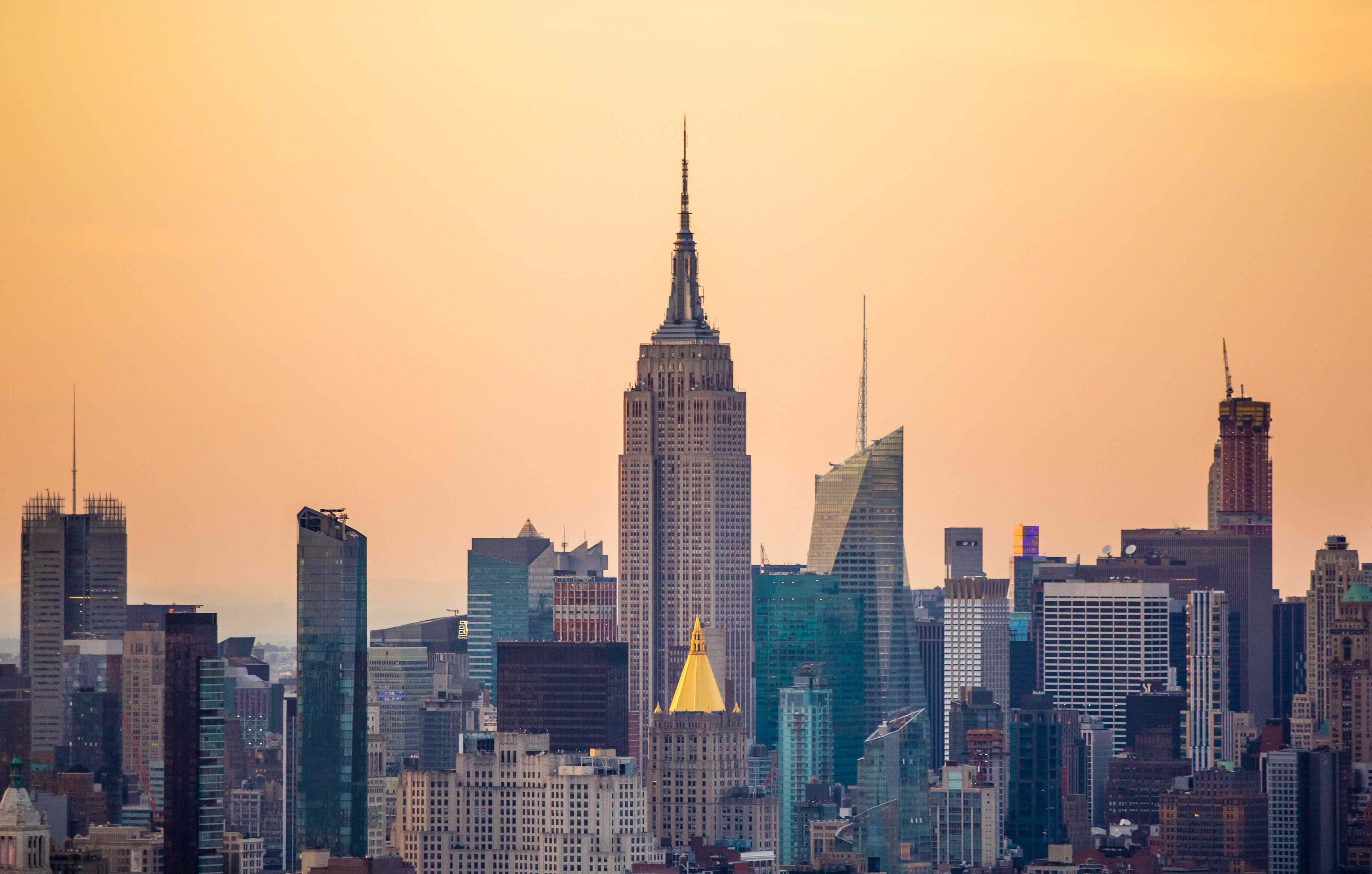
Above: The Empire State Building is slowly disappearing along the New York skyline.
Blocking sight lines may not be the end of the world - after all, development is what drives this city forwards.
New York was never going to stop its expansion so that residents and tourists could see older, smaller buildings more easily, no matter how beautiful or iconic they are.
The bigger issue is that New York is becoming an asset base for the world’s richest people. The people who make New York so special are being priced out and the city is at risk of losing its soul.
Additional footage and images courtesy of the Dronalist, BruceShaff, DBOX, ABC News and CrossingLights / CC BY-SA 4.0.
We welcome you sharing our content to inspire others, but please be nice and play by our rules.
